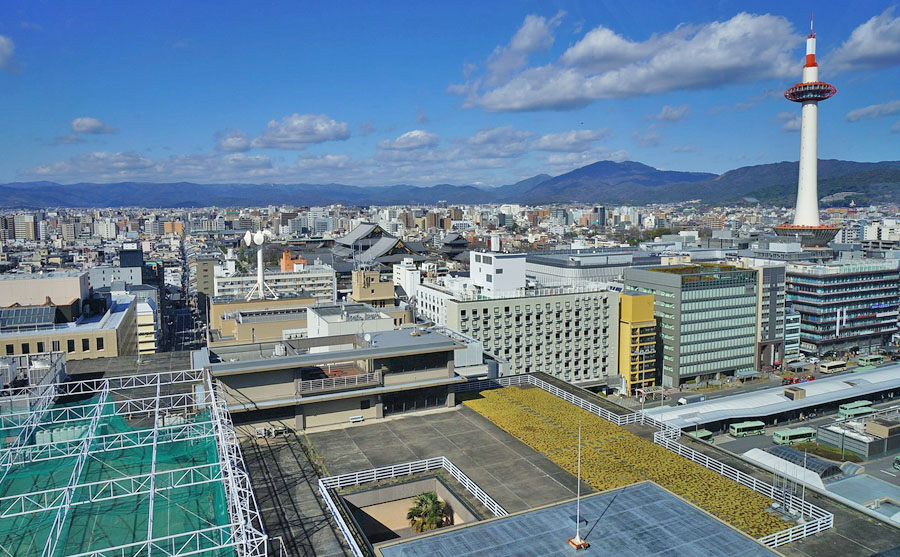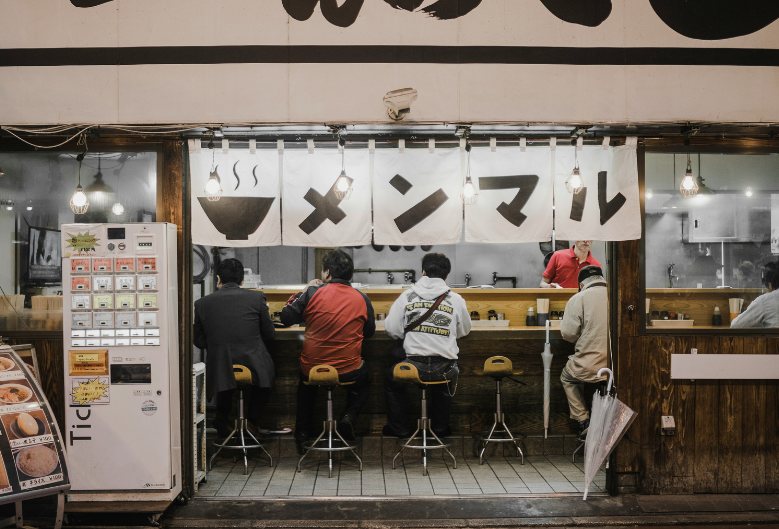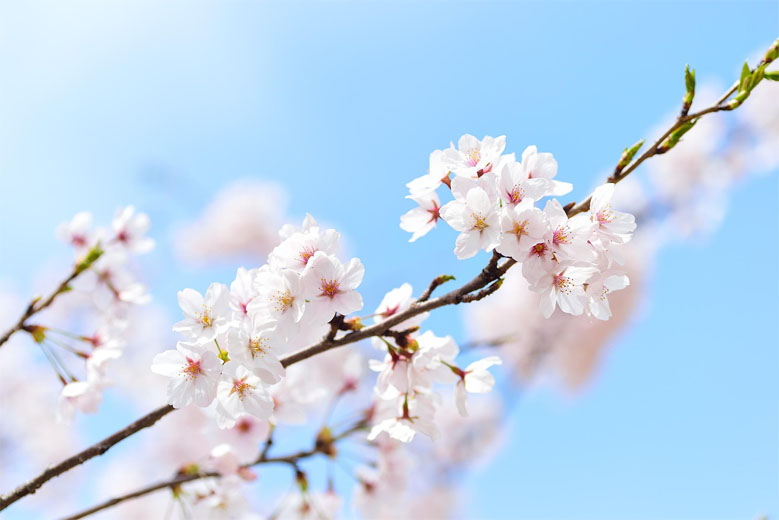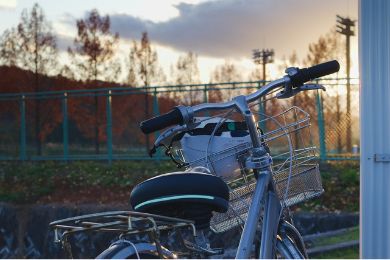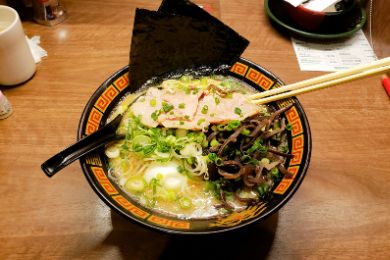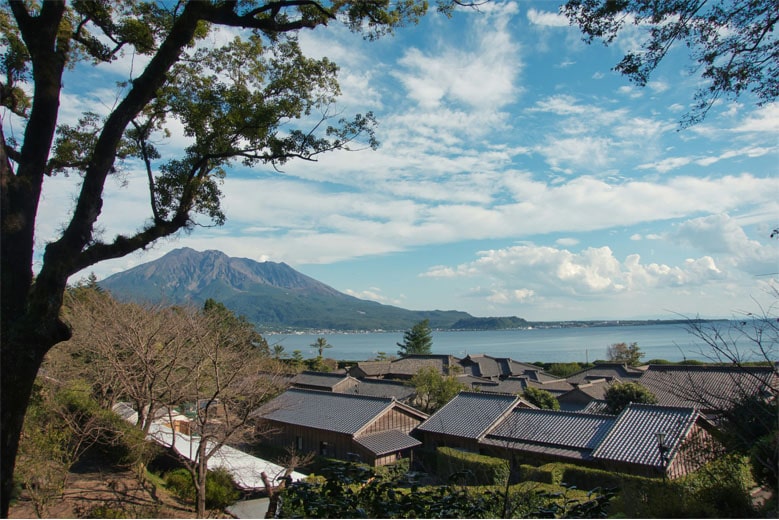
Japan is a country that effortlessly marries natural beauty with centuries of rich cultural heritage, creating a tapestry of landscapes that captivate the soul. From snow-capped mountains to pristine beaches and lush forests to vibrant cityscapes, Japan offers many breathtaking destinations waiting to be explored.
In this guide, we invite you on a journey to discover 10+ of Japan’s most scenic locales, each offering its own unique charm and allure. From stunning city views to picturesque temples and snow-capped mountains – Japan promises to leave you in awe with its unparalleled beauty.
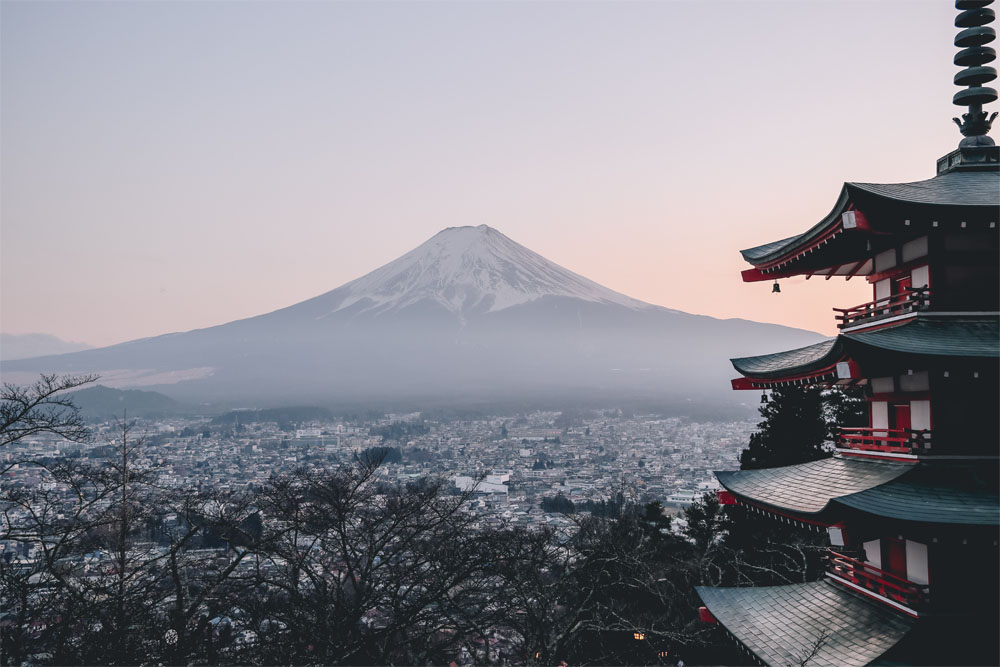
Arakurayama Sengen Park provides possibly one of the most iconic views in all of Japan. The park is located in the city of Fujiyoshida, Yamanashi Prefecture.
Arakurayama Sengen Park is most known for the view of the Chureito Pagoda at Arakurayama Sengen Shrine, which features Mt.Fuji as a backdrop and is one of the most photographed spots in all of Japan.
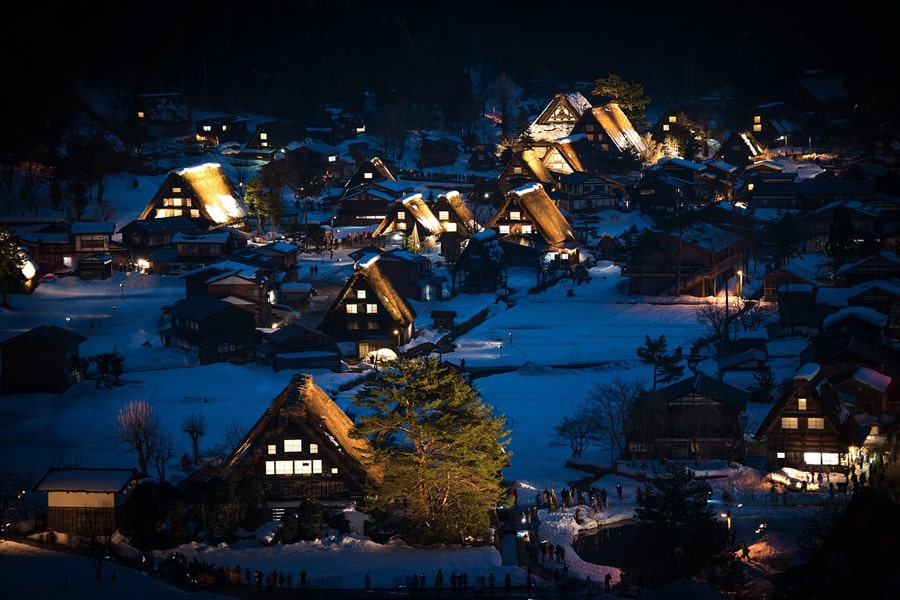
Shirakawa-go is a small village tucked away in the mountains, along the borders of 3 prefectures – Ishikawa, Toyama, and Gifu. The village is most famous of it’s old farmhouses which have been designed in Gassho-zukuri style. Very similar style of houses are found in the neighboring village of Gokayama. Together, both Gokayama and Shirakawa-go are one UNESCO World Heritage site because of the unique style of buildings.
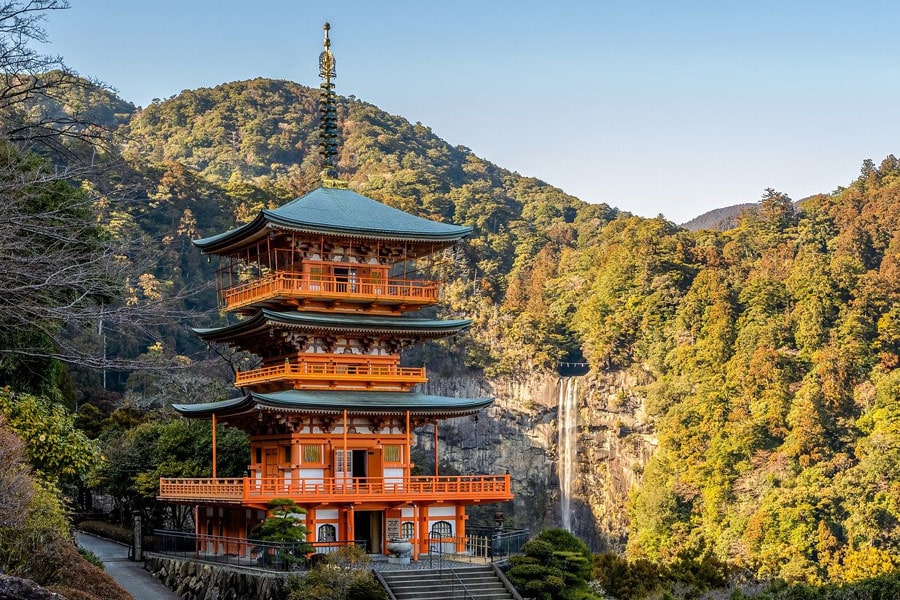
Designated as a UNESCO World Heritage site in 2004, Nachi Waterfalls, known as Nachi no Taki in Japanese, hold significant cultural and spiritual importance as part of the ‘Sacred Sites of Pilgrimage Routes in the Kii Mountain Range’. Standing at 133 meters (436 feet), Nachi Waterfalls claim the title of Japan’s highest single-drop waterfall. With an average width of 13 meters, the falls expand during the spring when water flow increases. Renowned for its spectacular height and spiritual significance, Nachi no Taki is revered as one of Japan’s Three Great Waterfalls.
Beppu 7 Hells, Oita Prefecture
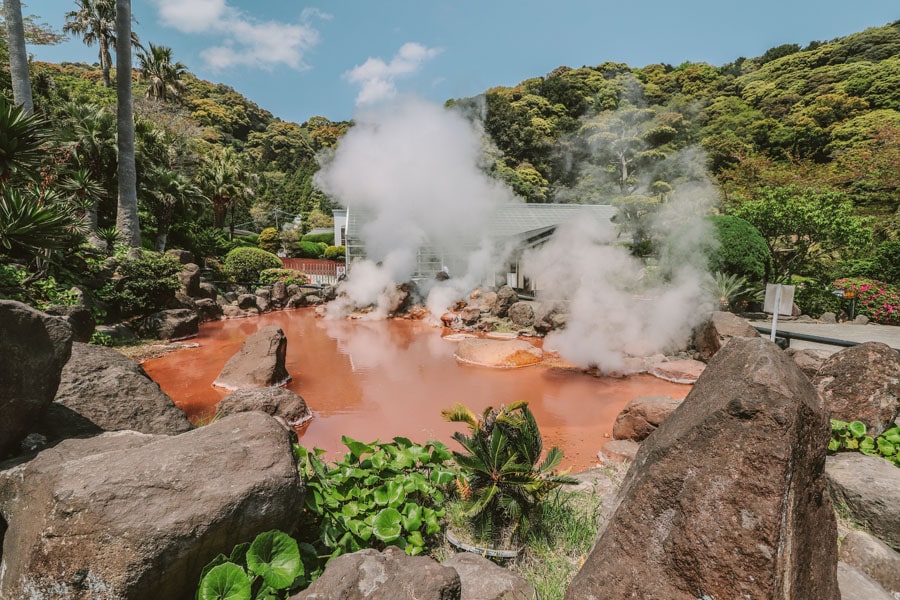
Located in the city of Beppu in Oita Prefecture, Beppu Jigoku, or the “Beppu Hells,” is a group of seven stunning hot springs that offer visitors an unforgettable experience of Japan’s hot spring culture. The Beppu Hells are a spectacular geothermal attraction, which draws in hundreds of thousands of visitors per year. In addition, the whole town of Beppu is known for hot springs, and many hotels have natural onsens.
Each of the seven hot springs, or “Hells” in Beppu Jigoku has a unique appearance and features, making it a fascinating place to explore.
Itsukushima Shrine, Hiroshima Prefecture
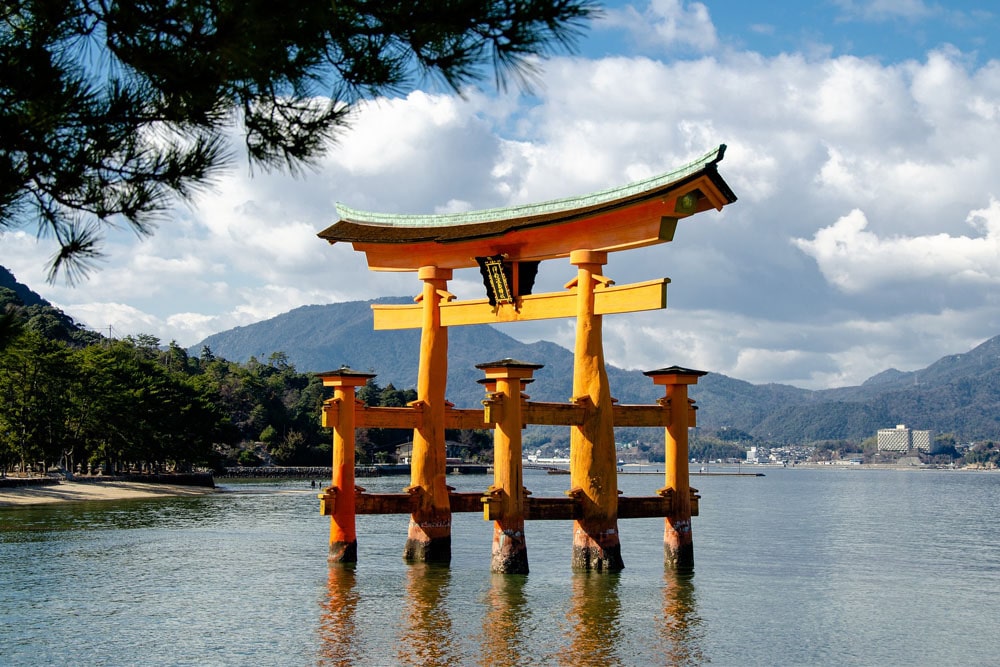
Miyajima (also known as Itsukushima) is a place where ancient traditions and breathtaking natural beauty blend seamlessly to create a destination unlike any other in Japan.
One of the most recognizable landmarks on Miyajima is the floating torii gate of Itsukushima Shrine, which sits at the entrance to the island’s Itsukushima Shrine. The gate is said to symbolize the boundary between the mundane and sacred worlds and is an iconic symbol of Miyajima. At high tide, the gate appears to be floating on the water, adding to its mystical charm.
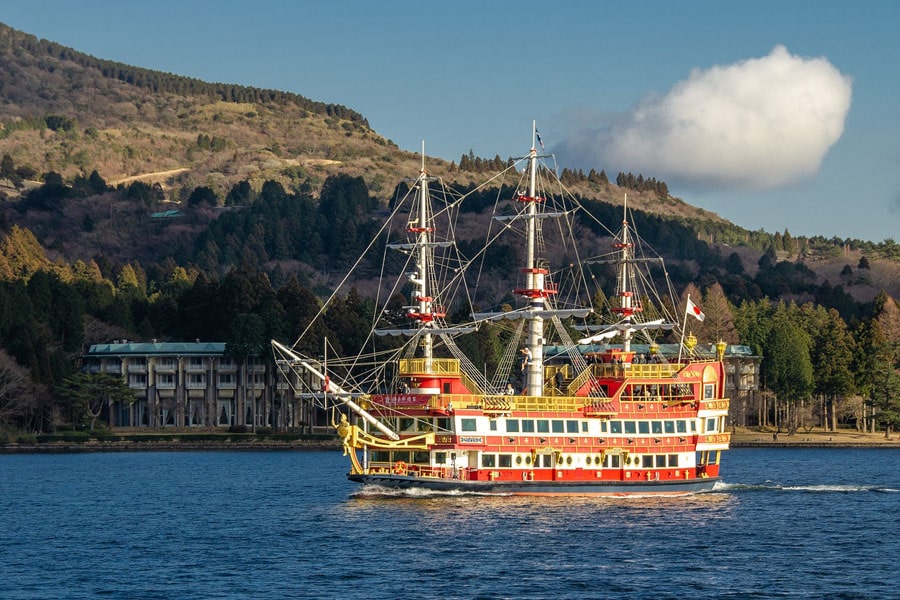
Hakone is small town in Kanagawa Prefecture, Japan. The town is famous for the beautiful year round scenery, and plethora of things to see and enjoy. It is located in the Fuji-Hakone-Izu National Park, approximately 80 kilometers (50 miles) southwest of Tokyo.
Hakone offers stunning views of Mount Fuji, especially on clear days. Lake Ashinoko (Ashi-no-ko) is one of the best spots to view the iconic volcano. You can take a cruise on the lake or ride the Hakone Ropeway for panoramic views.

At an elevation of 308m, Kirosan Park looks over the Kurushima-Kaikyo bridge and some of the many islands that make up the Seto inland sea. Kirosan Park has a modern observation deck, providing visitors with stunning day and night views. It is undoubtedly one of the hidden scenic gems in this area and one well worth visiting.
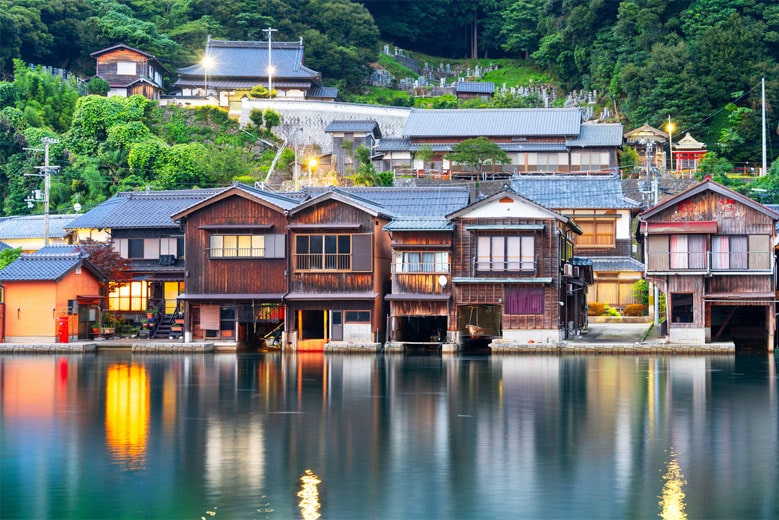
Ine Bay, located in Kyoto Prefecture, Japan, is renowned for its picturesque scenery and sightseeing tour boats which leisurely help tourists explore this unique part of the country. The bay is part of the Ine-cho town, situated on the Tango Peninsula in the northern part of Kyoto Prefecture, approximately 15 kilometers away from Amanohashidate.

Matsushima Bay, located in the Miyagi Prefecture in Japan, is famous for a group of small islands known for their stunning natural beauty. The name Matsushima means “pine-tree islands,” and it lives up to its name with its stunning views of pine trees draped over the rocky shorelines. If you’re looking for a peaceful and scenic escape, Matsushima is a must-visit destination. The bay consists of approximately 260 small islands, and this natural wonder is considered on the the “Three Views in Japan”, along with Miyajima in Hiroshima Prefecture, and Amanohashidate in Kyoto Prefecture.

Nikko, nestled in Tochigi Prefecture, Japan, is a sanctuary of natural beauty and cultural heritage. Renowned for its majestic mountains, dense forests, and pristine lakes, Nikko’s landscape inspires awe and tranquillity. The UNESCO World Heritage site of Nikko Toshogu Shrine, adorned with intricate carvings and vibrant colours, epitomizes Japanese craftsmanship and spiritual reverence. Beyond the shrine, Nikko offers popular hiking trails – but most popular in autumn for the changing of the tree colours, hot springs, and traditional ryokan, inviting travellers to unwind and explore this beautiful part of the country.
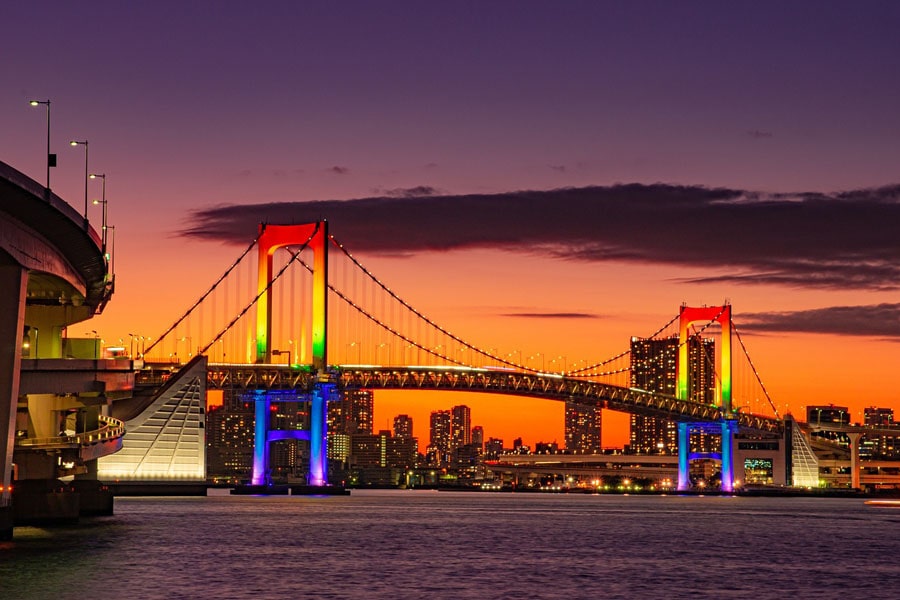
Tokyo Bay, nestled along the eastern shores of Japan’s capital, is a vibrant maritime hub and vital economic lifeline. Spanning approximately 1,600 square kilometers, it serves as a bustling center for commerce, industry, and recreation. Towering skyscrapers adorn its waterfront, framing iconic landmarks like the Tokyo Skytree and Rainbow Bridge. The bay’s strategic location facilitates international trade, while its scenic beauty attracts tourists and locals alike.
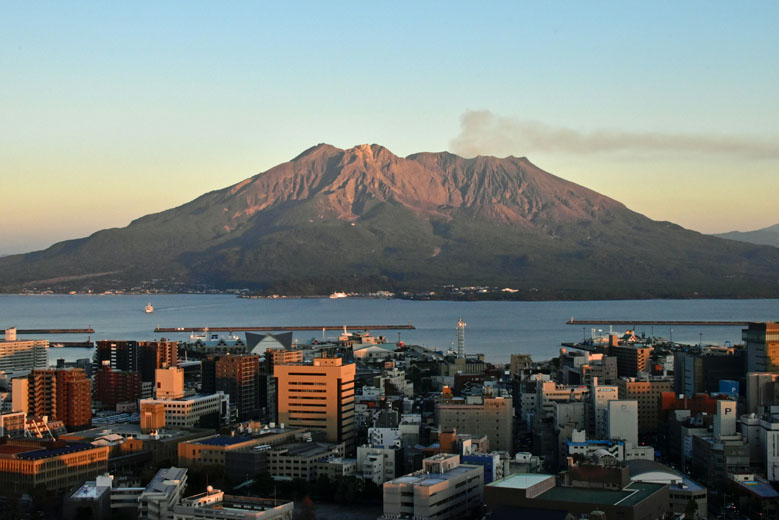
Sakurajima, a volcanic island in Kagoshima Prefecture. With its ever-present volcanic activity, including frequent eruptions and ash emissions, Sakurajima captivates visitors with its raw power and mesmerizing landscapes. The island’s name, meaning “Cherry Blossom Island,” contrasts its explosive nature with delicate imagery. Despite its dangers, Sakurajima is home to thriving communities, agricultural fields, and hot springs, offering a unique blend of adventure and tranquility. Visitors can witness volcanic activity up close, soak in therapeutic baths, and savor local cuisine, immersing themselves in the island’s rich natural and cultural heritage.

Shikisai No Oka is a vast, rolling hill that spans over 7 hectares and is covered with over 30 different varieties of flowers. These include lavender, sunflowers, poppies, lilies, and more. The garden is beautifully landscaped, and the flowers are planted in a way that creates a stunning tapestry of colors that change with the seasons. The name, “Shikisai No Oka” simply means Hills of Seasonal Colours.
The best time to visit Shikisai No Oka is from late May to mid-October, when the flowers are in full bloom. During this time, visitors can stroll through the garden, taking in the sights and smells of the various flowers.
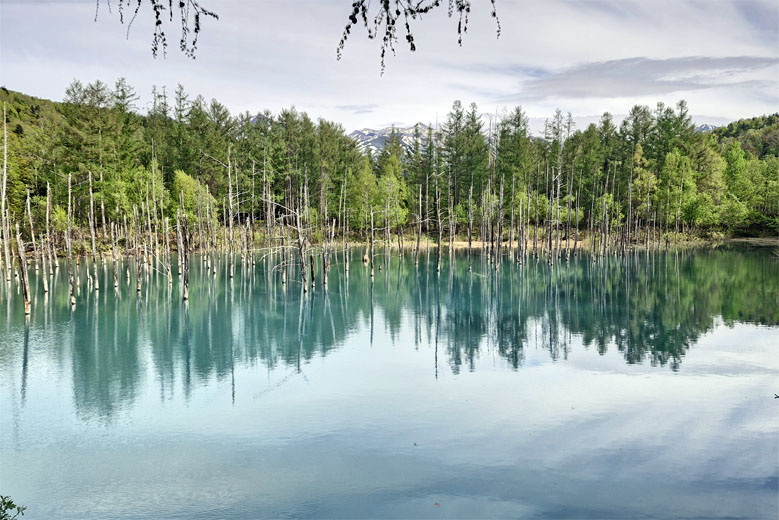
Shirogane Blue Pond is located in Biei, in central Hokkaido Prefecture. The Shirogane Blue pond is artificial pond with a soothing cobalt blue shimmer under the right conditions. The shirogane Blue bond can be found along the Biei River.
The pond was created following the Eruption of Mt. Tokachi in 1988 when a dam was created to nullify the effects of erosion from the volcanic mudflow.
As a result of the creation of the dam, many ponds formed along the Biei river, which flows from the nearby Shirahige Waterfall.
Popular destinations among other readers
Discover Japan with the JR Pass
Discover Japan like never before with the Japan Rail Pass (JR Pass), your ticket to seamless travel across the Japan. Unlock the full potential of Japan’s extensive rail network, renowned for its punctuality, comfort, and convenience.
Discover Japan like never before with the Japan Rail Pass (JR Pass), your ticket to seamless travel across the Japan. Unlock the full potential of Japan’s extensive rail network, renowned for its punctuality, comfort, and convenience. Read More…
Forget the hassle of purchasing individual tickets for every journey. The JR Pass offers exceptional value for money, available in flexible durations ranging from 7 to 21 days, allowing you to tailor your travel experience to suit your itinerary. Read More…


